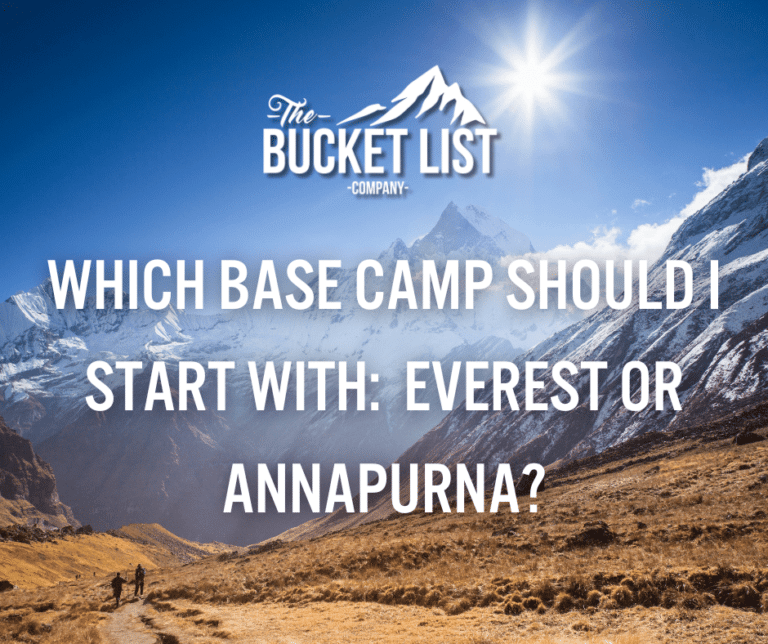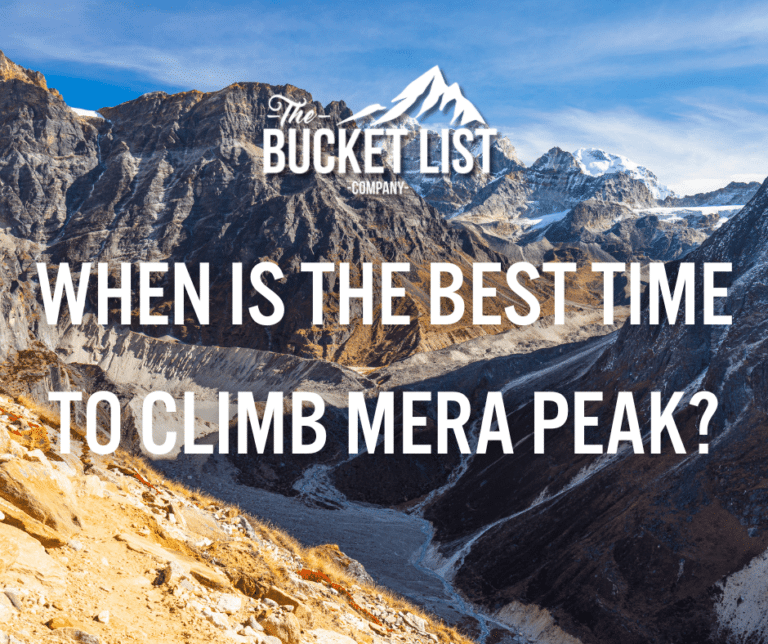Trekking to Machu Picchu is right at the top of many people’s bucket lists. Visiting this Wonder of the World is a definite must, and the only way to do it properly is to trek there.
However, trekking to Machu Picchu is no simple stroll in the park. Whilst it’s far from the most strenuous trek we offer, the hike still takes a few long days of mountain walking at altitude. This means it’s important to prepare for the trip as best you can.
To help you get the best out of this once-in-a-lifetime experience, here are our top tips for trekking to Machu Picchu, Peru!
Prepare for altitude
The first point to address is altitude. Machu Picchu sits at 2,430 metres above sea level, but the high point of the Inca Trail, for example, is Dead Woman’s Pass, at 4,125 metres. On the Lares Trek, the high point is 4,550 metres, and on the Salkantay Trek it is 4,600 metres. This makes altitude a definite consideration.
You should prepare yourself for the symptoms of altitude, such as headaches, shortness of breath or mild nausea. The best thing you can do is to acclimatise during your trip. This is why we spend a rest day in Cusco before we begin the trek. Cusco sits at 3,399 metres, and this day allows your body to adjust to the elevation, thus reducing the chances of altitude-incurred symptoms.
Besides acclimatising, you can prepare for the altitude of our Peru treks by maximising your fitness pre-trek. It has been shown that individuals with better cardiovascular fitness are less likely to experience the symptoms of altitude. It is also important to drink lots of water, get plenty of sleep and bring along painkillers, just in case!
In Peru, you may be offered natural remedies for altitude such as coca leaf tea. These are certainly worth a try, as they have been used for centuries by the local Quechua people.
Pre-trek training
Speaking of training, this is the most important thing you can do to make your Machu Picchu trekking experience as amazing as possible. No specific experience is required for any of our Peru treks, but a good level of physical fitness will be an enormous help in making the hike as easygoing as possible for you.
The best thing you can do to train is simply to get out and hike – whether that be in your nearest national park or simply in a regular park! The UK has plenty of hilly spots where you can get in good, long hikes on the weekends, so why not make use of them? Hiking is a great way to build your cardiovascular fitness and improve the strength in your legs – essential for long-distance hikes.
We also run several specialist trekking training weekends throughout the year, where you can join your fellow Bucketlisters for a weekend of fun hiking, as well as Q&A sessions and gear workshops! This is the perfect way to kick off your training and find out what you need to be doing to get as fit you can for your trek!
Layer up
One of the biggest misconceptions when it comes to our Peru treks is that it’s always going to be hot! In any country, high altitude environments will be cold – and Peru is no different.
The climate here varies significantly, so it is important to pack wisely for different temperatures and weather. Bring a lightweight hiking t-shirt that is moisture wicking and breathable, as well as a mid-layer and a lightweight insulated layer for the higher elevations where it gets windy and chilly. You might also want to bring a warm hat – which you can wear with your Bucket List Company buff to keep the wind off your face!
Essentially, the message here is layer up – pack a few different layers in your daypack and then you can adjust your clothing based in how you feel. On booking any of our trips to Peru, you will receive a kit list, so if you want to know more about what to wear, you’ll find all of the information here and in each trip guide.
Bring snacks
A long day of trekking is a good way to work up an appetite, and whilst we will be eating well on our meal stops, you will probably want to have a few snacks along the way, too.
You can find items like dried fruits, sweets and nuts in Cusco before you begin the trek, but if you want more specialist items like protein bars and hydration gels, it’s best to buy them in the UK and bring them along ready for the trek.
Bring a camera – and spare batteries!
The highlight of any trek to Machu Picchu is, of course, the moment you get to look out over the magical Incan ruins themselves. It is a breathtaking view – looking out over one of the most ancient civilisations in the world with all of its mysterious history. A moment you will never forget.
Well, we’re pretty sure you’ll never forget it, but it’s always worth bringing a camera along just in case! Keep the picture in your mind as clear as it was on the big day itself by taking as many photos as you can of what you see along the trail, and at the ruins themselves.
Oh, and bring spare batteries. As Keith wrote in one blog post – you won’t ever regret bringing spares!
Pack light
All of this said about kit, one big tip we can give for any trek is to pack light! Of course, our treks in Peru involve porters who will carry the bulk of your luggage up the mountains. But we mustn’t overload them, and therefore each Bucketlister will have to take a small daypack themselves.
Inside your daypack, you will need to carry any clothes you might want to take on and off during the day, as well as items such as water bottles, snacks, sun cream and a first aid kit. Basically, everything you might want to grab during the day should be in your daypack.
But… and it’s a big but… don’t overload it! The heavier your bag, the harder the trek will be. Keep it light, and if you’re not sure if you’ve overpacked, go out on a full day’s hilly hike at home with your bag on. Trust us, you soon realise what you don’t need when you carry it on your back!
Bring trekking poles
Thank goodness for the person who invented trekking poles. These pieces of kit are a lifesaver (or knee-saver, more specifically) when it comes to multi-day hikes.
All of our treks in Peru involve steep ground and lots of climbing up mountain passes, and trekking poles are a huge help in taking the weight and pressure off your legs. When you use trekking poles, you are essentially hiking 4×4, and this makes the whole process so much easier and more efficient.
Especially considering that treks such as the Inca Trail feature hundreds of uneven stone steps, trekking poles are essential in keeping you steady and preventing any slips!
Drink plenty of water
It probably goes without saying, but it’s so, so important to drink lots of water on any trek. You should avoid drinking the tap water untreated in Peru, and we strongly suggest you avoid using disposable plastic bottles.
So, make sure you bring along a filtering water bottle or a reusable bottle with chlorine tablets, and keep it topped up! Trekking in the Andes is certainly thirsty work!
Learn from your guides
We cannot stress enough how important it is to listen to the advice of your guides while you’re on any trek to Machu Picchu. Our UK guides are experienced professionals, and will have done this same trek several times.
The local guides we work with will have done each trek hundreds of times. They will have endless knowledge on how to best take on the hike, and therefore they are your best resource when it comes to any questions you may have on the trail.
We will do everything in our ability to keep you safe and comfortable during your trip, so if you have any concerns, don’t hesitate to ask!
Take it steady!
Finally, the best advice we can give for any of our treks in Peru is to take it steady. We start off early each morning, giving you plenty of time to walk at your pace. Take your time and enjoy the journey – you won’t regret it!

 Basket
Basket




